hand-painted illuminated facsimile commissioned for
Dr. Matthew Brogdon
- MS 9/1695
-
fol.12 verso
-
Moses and the Burning Bush
-
Moses and the Tablets of Law
-
Facsimile of the Ingeborg Psalter
-
Originally created in Noyon, France, circa 1210
-
Illumination masters unknown
The manuscript of 200 folios contains 150 psalms and other liturgical texts. 24 pages are illuminated with miniatures, generally with two scenes, one above the other. The psalter was commissioned for Ingeborg of Denmark who became Queen of France through her marriage to Philip II (reigned 1180-1223). It is believed to have been produced at the Cistercian nunnery of Fervaques near Saint Quentin. After her death in 1236, the psalter was taken into the collection of the royal family where it remained until the 14th Century. It was among the collection of King Ludwig IX (1226 – 1270) and was kept in Château de Vincennes until 1418. Thereafter, the historical trail was lost until it appeared again in England in the 17th Century. Later, it was part of the collection of a count of Lignac from whence the Duke of Aumale came into possession of it. It was given to the Musée Condé in 1892.
The opulent miniatures in the Ingeborg Psalter are distinguished from earlier Romanesque works by innovative stylistic features and were a major influence on later Gothic illumination.It is without a doubt the most important illuminated manuscript still in existence of those created in France at the turn of the 13th Century. These paintings emerged out of a creative phase of transition in the artistic landscape from the Romanesque to the Gothic which had long since taken root in the spheres of architecture and sculpture.
The magnificent psalter was created for private devotion and came into being in a time in which French art and culture was blossoming into its highest form. Cities, with their mighty cathedrals, became the communal and religious centers of the country. The sculptured figures for Chartres Cathedral were well advanced by 1200. Plans for sculptures for the portals of Reims and the west-portal of Notre Dame in Paris were complete and sculptors beginning to work on them. The architectural masterpieces of the cathedral, collegiate and monastic churches, which united sculptural art and stained glass windows in a mystical symphony to an integrated work of art, were not only monumental instruments of religious thought; they expressed also the new political role of France within Europe. By the time the France had freed itself from English rule in the Battle of Bouvines in 1214, a spiritual renaissance was well under way.
The introductory series of miniatures of the Ingeborg Psalter contains scene from the Old Testament, a miniature of the “Root of Jesse” – the family tree of Jesus, scenes from the life of Christ, an image of the death and crowning of Mary as well as four scenes from the Legend of Theophilus. This type of picture sequence as autonomous preface to the psalter itself is believed to have been modeled on English illumination art. Traces of other, much older models shine through in peculiarities in the compositions and details which follow the symbolic language of Byzantium and Normandy as grandiosely represented in the mosaic series of Palermo, Monreale or Cefalù. The above-mentioned stylistic principle obeys, for example, the schematic formalism numerous figure groupings, the composition of single figures into groupings that are outlined by a stark contour line.
The style of the Master of the Ingeborg Psalter represents a turning point in the history of European painting when artists left behind abstract and highly stylized forms in favor of a more naturalistic representation of the visible world. The three-dimensional quality of the figures, their heroic proportions, and their expressive movements stand out as the new elements in his work, those essential to the emerging Gothic style of the early 1200s. For the most part, the figures are posed in calm postures, even in the presence of dramatic events. Dignified human figures, reminiscent of the monumental yet elegant cathedral sculptures of that period, dominate the images. There is no room for that which is incidental, or it is – as in the background of the landscapes – generously stylized and reduced to the most minimal indicators of place.
The structure of the gilding and the elegant, fragile ornamentation of the small frames which surround the miniatures are elements which indicate a new direction for the future. This also includes a new color palette. The most commonly used colors of Byzantine artwork are still present but deep blues and brilliant carmine reds force themselves ever more to the foreground and create a mysterious glow as that which is intimated in a Gothic stained-glass window. The Ingeborg Psalter does not, however, follow the example of the “stained-glass tapestries” in their structural system. Still, its miniatures remain conventional with two panels, one over another, drawn within a quadratic frame.
The Ingeborg Psalter documents, in addition, innovations in the art of illumination in the early phases of a development which is essential for the understanding and artistic appreciation of Gothic book which is, namely, a specific gestalt of the text blocks. With its early Gothic Miniscule, the text achieves an impressive amount of unity out of which the aesthetic charm of the highly cultivated Gothic calligraphic styles would emerge.
Walther, I.F., & Wolf, N. (2005). Meisterwerke der Buchmaleri: Die schöenste Handschriften der Welt von 400 bis 1600. Cologne, Germany: Taschen.
Selected texts translated by Dannette Wallace
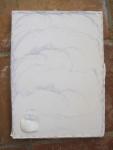



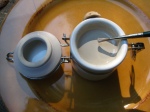
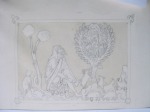
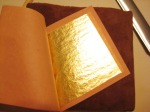
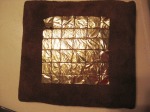

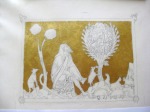

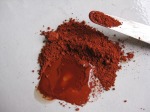
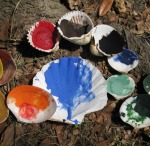
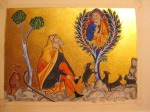
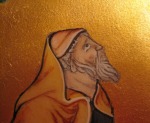
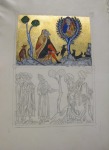
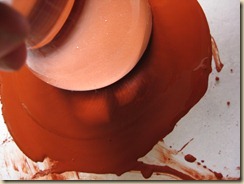
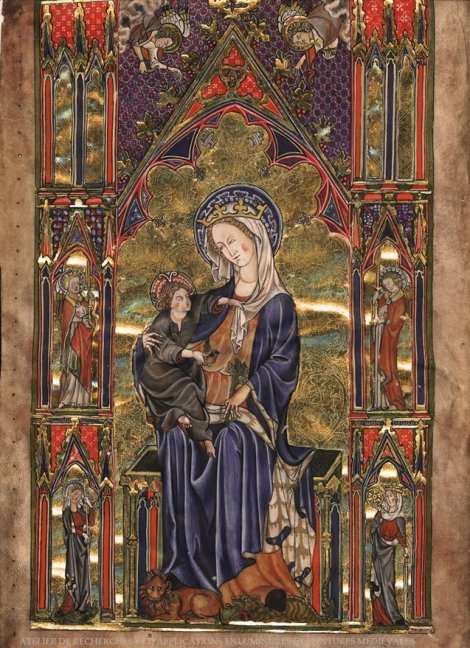


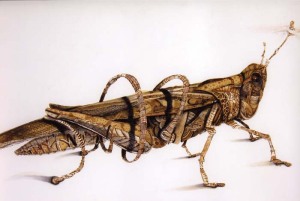
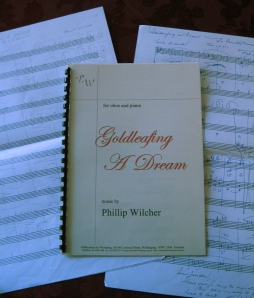
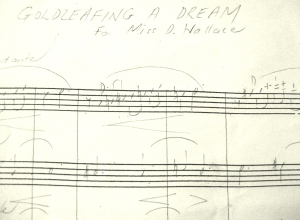
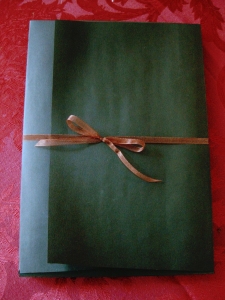
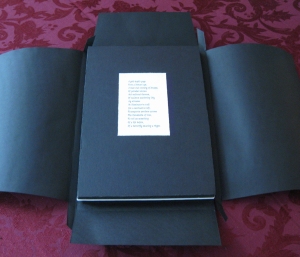
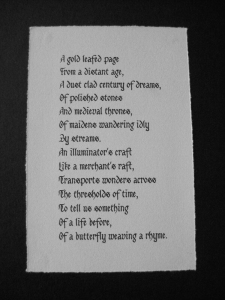
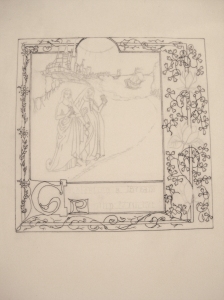

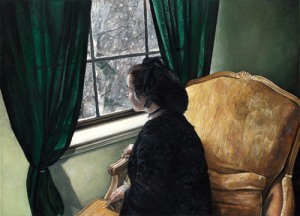
You must be logged in to post a comment.